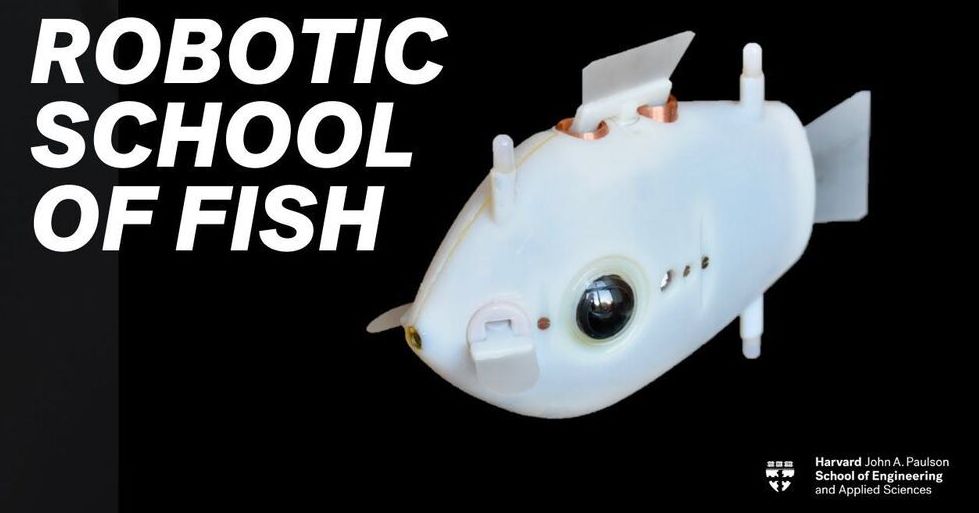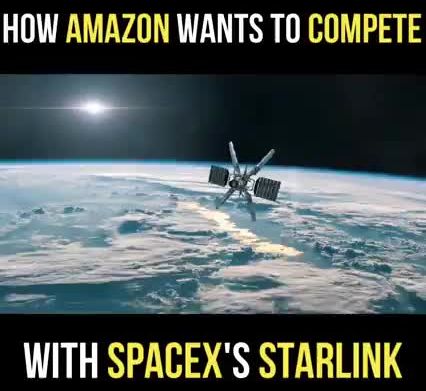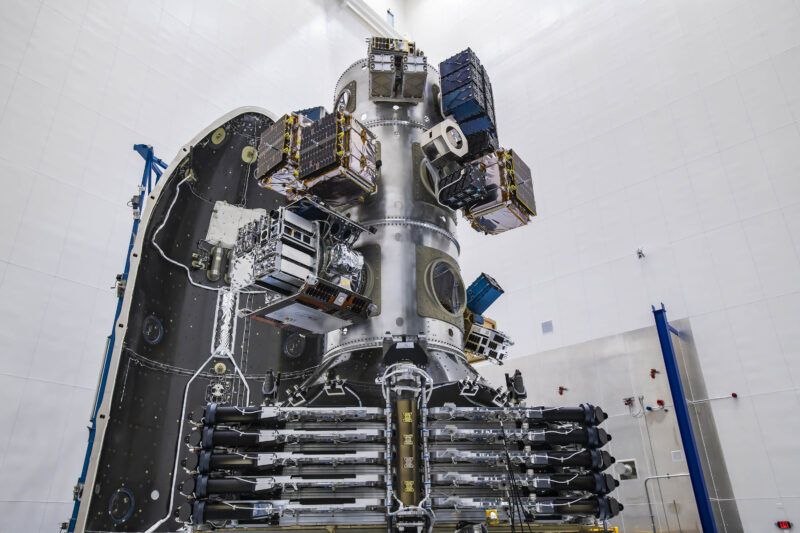Archive for the ‘internet’ category: Page 170
Feb 3, 2021
New invention promises quantum internet that can’t be hacked
Posted by Quinn Sena in categories: internet, quantum physics
Breakthrough technology uses multiplexing entanglement to make an ultra-secure quantum internet.
Feb 3, 2021
How AMAZON wants to Compete with SPACEX’S STARLINK
Posted by Alberto Lao in category: internet
Feb 1, 2021
Elder care, wireless AI, and the Internet of Medical Things
Posted by Genevieve Klien in categories: biotech/medical, internet, robotics/AI
Senior citizens are accustomed to constant probes by doctors, but wireless AI tech is enabling massive-scale, nonintrusive data monitoring.
Jan 29, 2021
US Labs Paving Way for Quantum Internet
Posted by Quinn Sena in categories: internet, quantum physics

A breakthrough in advanced quantum technology frequently compared to fictional elements of popular science fiction show ‘Star Trek’ could revolutionize everyday life around globe #quantumtechnology
Jan 28, 2021
Remote Attackers Can Now Reach Protected Network Devices via NAT Slipstreaming
Posted by Genevieve Klien in category: internet

A new version of NAT slipstreaming allows cybercriminals an easy path to devices that aren’t connected to the internet.
Jan 27, 2021
SpaceX’s Starlink Raises Download Speed Goal From 1Gbps to 10Gbps
Posted by Saúl Morales Rodriguéz in category: internet
If the company can pull it off, Starlink would be faster than many ground-based gigabit broadband networks.
Jan 26, 2021
Harvard scientists 3D print swarm of ‘Bluebot’ synchronized soft robotic fish
Posted by Genevieve Klien in categories: 3D printing, internet, robotics/AI

Researchers from Harvard University have 3D printed a school of soft robotic fish that are capable of swimming in complex patterns without the aid of Wi-Fi or GPS.
Inspired by the distinctive reef-dwelling surgeonfish, the team’s ‘Bluebots’ feature four fins for precision navigation, and a system of LEDs and cameras that enable them to swarm without colliding. The self-sufficiency of the tiny bots could make them ideal for ecological monitoring applications, in areas that wouldn’t otherwise be accessible to humans.
Continue reading “Harvard scientists 3D print swarm of ‘Bluebot’ synchronized soft robotic fish” »
Jan 25, 2021
Latest Starlink Satellites Equipped with Laser Communications, Musk Confirms
Posted by Muhammad Furqan in categories: Elon Musk, internet, satellites
The latest Starlink satellites launched on Jan. 24 are equipped with laser links, and all Starlink satellites launched next year will be equipped with laser inter-satellite links, Elon Musk, SpaceX chief engineer confirmed on Twitter.
“All sats launched next year will have laser links. Only our polar sats have lasers this year and are v [version] 0.9,” Musk tweeted on Monday.
A Twitter user noticed a difference in a photo of the stack of 10 Starlink satellites deployed on Sunday’s Transporter-1 rideshare mission, and asked Musk if an object that looked like a black pipe was lasers, which he confirmed.
Jan 25, 2021
SpaceX launches 143 satellites, successfully completes record-setting mission
Posted by Genevieve Klien in categories: government, internet, satellites

The SpaceX Falcon 9 rocket successfully completed a mission to deploy 143 spacecraft and satellites into orbit on Sunday, after which the rocket returned safely to a sea-based landing pad.
The two-stage Falcon 9 rocket took flight on its ‘Transporter-1′ mission after weather considerations caused the planned launch on Saturday to be scrapped.
Continue reading “SpaceX launches 143 satellites, successfully completes record-setting mission” »













